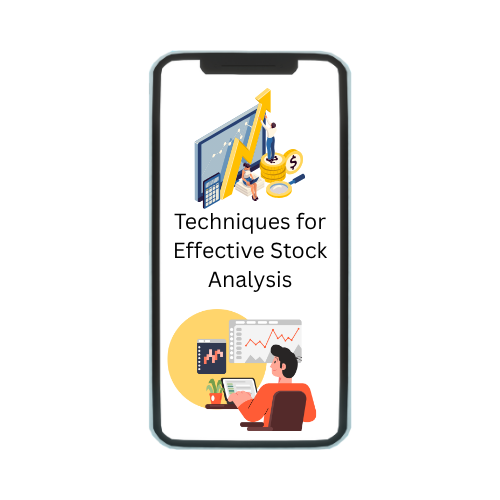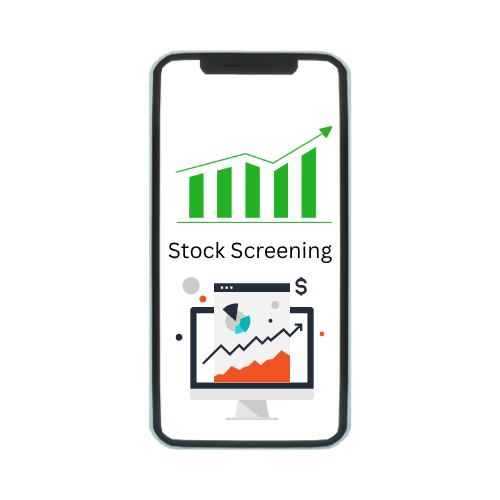High-frequency trading (HFT) is algorithmic trading characterized by high-speed trade execution, an extremely large number of transactions, and a very short-term investment horizon. HFT leverages special computers to achieve the highest speed of trade execution possible. It is very complex and, therefore, primarily a tool employed by large institutional investors such as investment banks and hedge funds.
Complex algorithms that are used in high-frequency trading analyze individual stocks to spot emerging trends in milliseconds. It will result in hundreds of buy orders to be sent out in a matter of seconds, given the analysis finds a trigger.
History of HFT
- Interestingly, the phenomenon of ‘fast information’ delivery goes back to the 17th century. Here, an interesting anecdote is about Nathan Mayer Rothschild who knew about the victory of the Duke of Wellington over Napoleon at Waterloo before the government of London did.
- How did that happen? Well, a simple answer is a combination of “Human Intelligence & Technology”! So it is said that Julius Reuter, the founder of Thomson Reuters, in the 19th century used a combination of technology including telegraph cables and a fleet of carrier pigeons to run a news delivery system. This way, the information reached Julius Reuter much before anyone else.
- Many years after the 17th century, in 1983 NASDAQ introduced full-fledged electronic trading which prompted the computer-based High-Frequency Trading to develop gradually into its advanced stage. In the early 2000s high-frequency trading accounted for less than 10% of equity orders, but this has grown rapidly.
- By the year 2001, High-Frequency Trading had an execution time of several seconds which kept improving further. Between 2005 and 2009, according to NYSE, high-frequency trading volume grew by 164%. By 2010, this had shrunk to milliseconds and later in the year went to microseconds. And subsequently, each trade started getting executed within nanoseconds in 2012.
What is high-frequency trading (HFT)?
High-Frequency Trading (HFT) is a trading method that uses sophisticated technology and algorithms to conduct rapid trading transactions. It relies on speed and automation to capitalize on minor price discrepancies in the market. HFT traders aim to profit from these fleeting opportunities by executing trades at lightning-fast speeds.
How does high-frequency trading work?
High-Frequency Trading operates on the principle of speed and efficiency. HFT firms employ cutting-edge technology and powerful computers to analyze vast market data in real-time. These systems identify patterns, trends, and price disparities that can be exploited for profit. Once a profitable opportunity is detected, automated algorithms execute trades within microseconds, taking advantage of even the smallest price differentials.
What is algorithmic trading?
Algorithmic Trading is a subset of High-Frequency Trading involving pre-programmed instructions or algorithms to execute trades automatically. These algorithms are designed to follow predefined rules and criteria to make trading decisions. Algorithmic Trading enables traders to remove human emotions and biases from the trading process, relying solely on data-driven analysis.
Advantages of high-frequency trading
- Liquidity provision: HFT contributes to market liquidity by executing many trades quickly, ensuring there are buyers and sellers for various securities.
- Reduced bid-ask spreads: The high trading volumes executed by HFT firms can narrow bid-ask spreads, benefiting individual investors.
- Efficient price discovery: HFT enhances the efficiency of price discovery by quickly incorporating new information into asset prices.
- Increased market efficiency: HFT promotes overall market efficiency by swiftly identifying and correcting market anomalies.
Strategies of high-frequency trading
- Market Making:
Market Making is a strategy employed by HFT firms, providing liquidity by continuously quoting both buy and sell prices for specific securities. By constantly being willing to buy or sell, they ensure a liquid market and profit from the bid-ask spread.
- Quote Stuffing:
Quote Stuffing is a technique HFT traders use to overwhelm a trading venue with many buy or sell orders quickly. This tactic aims to create confusion in the market and disrupt the decision-making process of other market participants.
- Tick Trading:
Tick Trading is a strategy where HFT firms take advantage of small price movements or “ticks” in a security’s price. They aim to profit from these small price differentials by executing many trades rapidly.
- Statistical Arbitrage:
Statistical Arbitrage is a strategy that involves identifying and exploiting pricing inefficiencies between related financial instruments. HFT firms analyze historical data and statistical models to identify patterns and correlations, executing trades when these patterns deviate from their expected values.
Disadvantages of high-frequency trading
- Market instability: The rapid and automated nature of HFT can contribute to market volatility and instability, as large-scale trades executed within milliseconds can trigger sudden price swings.
- Unequal access: HFT firms with significant financial resources and cutting-edge technology have an advantage over individual investors, potentially creating an uneven playing field.
- Increased systemic risk: The interconnectedness of HFT systems can lead to the rapid spread of disruptions or errors, potentially causing widespread market failures.
Risks of high-frequency trading
High-Frequency Trading is associated with several risks, including:
- Operational risks: Technical glitches, system failures, or connectivity issues can result in significant financial losses.
- Regulatory risks: HFT activities are closely monitored and regulated to prevent market manipulation and unfair practices. Non-compliance with regulations can lead to legal consequences and reputational damage.
- Model risks: HFT strategies rely heavily on complex algorithms and models. Inaccurate or flawed models can result in substantial losses.
Ethics and market impact
High-Frequency Trading has raised ethical concerns and sparked debates regarding its impact on the market. Critics argue that HFT may lead to an unfair advantage for well-resourced firms, potentially harming individual investors. It is essential to strike a balance between market efficiency and the financial system’s integrity while ensuring fair and transparent trading practices.
Conclusion
High-Frequency Trading (HFT) is a trading strategy that utilizes advanced technology, algorithms, and high-speed execution to capitalize on minor price discrepancies in the market. While it offers advantages such as increased liquidity and efficient price discovery, it also presents risks and potential disadvantages. Striking a balance between technological advancements and market integrity is crucial for fostering a fair and efficient trading environment.





